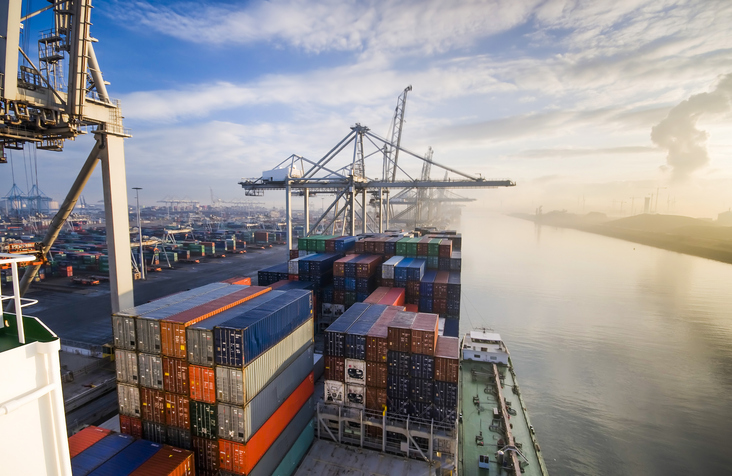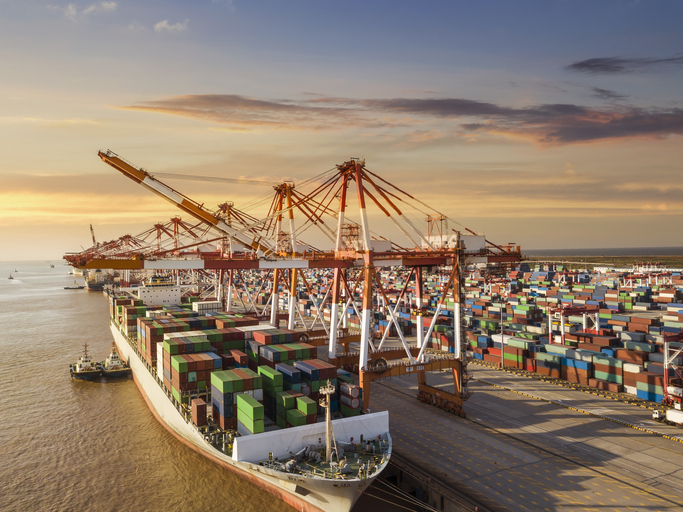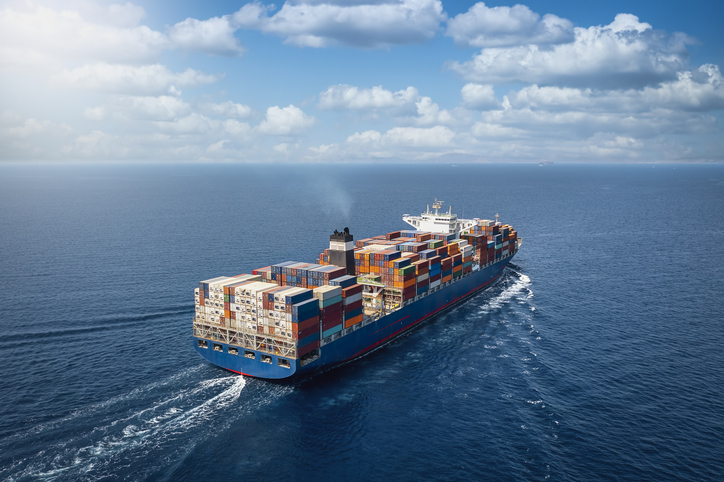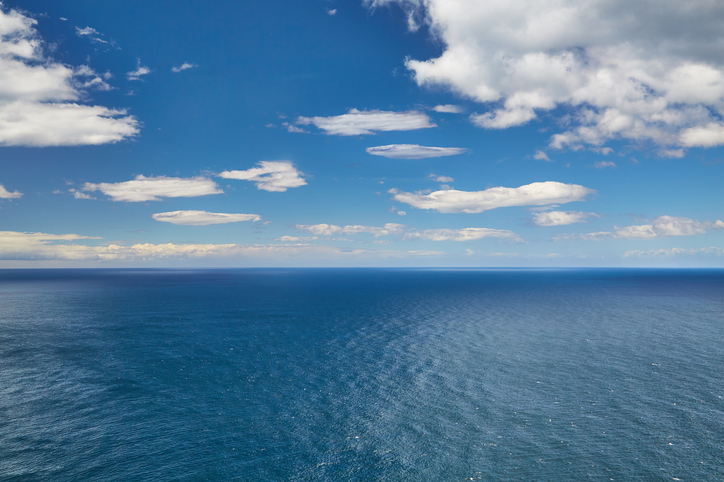
The Weekly Roar
In this week’s Roar: The ILA is finalizing contract demands, container rates remain high, ongoing concerns for peak season, limited approval for commercial drone flights, and new technology for cargo ships.
The International Longshoremen’s Association (ILA) is preparing to finalize its contract demands and potentially strike on October 1st if an agreement with the United States Maritime Alliance (USMX) is not reached. They’re seeking significant wage increases, citing record profits by companies, and opposing the use of automated systems in ports. They haven’t returned to the bargaining table, instead, they’ve officially notified employers of the contract’s expiration on September 30th, as required by federal labor law. Shippers should be prepared for potential disruptions.
The current volatility in container shipping spot rates has started to impact long-term contract prices. Despite some declines, ongoing disruptions such as what’s going on in the Middle East and the war in Ukraine have pushed rates up and are holding them there. The Drewry World Container Index remains elevated, and the Global Xeneta Shipping Index shows increasing long-term rates. Maersk and others foresee ongoing disruptions and maintained demand keeping prices high through at least 2024.
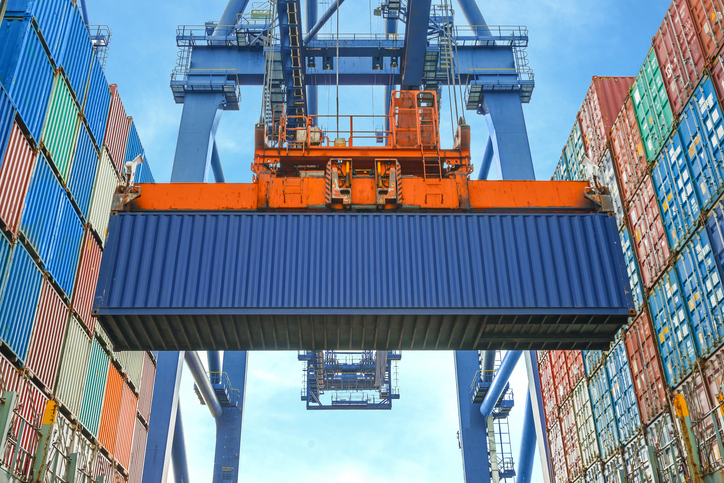
As the 2024 peak shipping season builds, container ship and port operators continue to face challenges. Labor disputes—particularly the threat of strikes on the East Coast—ongoing congestion at key ports, disruptions at the Panama Canal, tensions in the Middle East, and global economic uncertainty make an already complex situation even worse. Operators continue to manage these issues, taking advantage of new capacity and rerouting.
The FAA has approved commercial drone flights without visual observers, allowing companies like Zipline and Wing Aviation to conduct last-mile package deliveries using advanced Unmanned Aircraft System Traffic Management (UTM) technology. The FAA previously gave Amazon permission to operate drones in beyond visual line of sight (BVLOS) operations. This development is seen as an important step toward scaling up drone-based last-mile delivery services.
Researchers have raised $3.5 million in funding and are developing a new technology called “Calcarea” to capture CO2 emissions from cargo ships, which are significant contributors to global greenhouse gas emissions. The system uses calcium hydroxide to trap CO2 from the ship’s exhaust, converting it into calcium carbonate, potentially making ships more environmentally friendly by reducing their carbon footprint and finally putting the shipping industry on course to meet stricter emissions regulations.
For the rest of the week’s top shipping news, check out the article highlights below.




